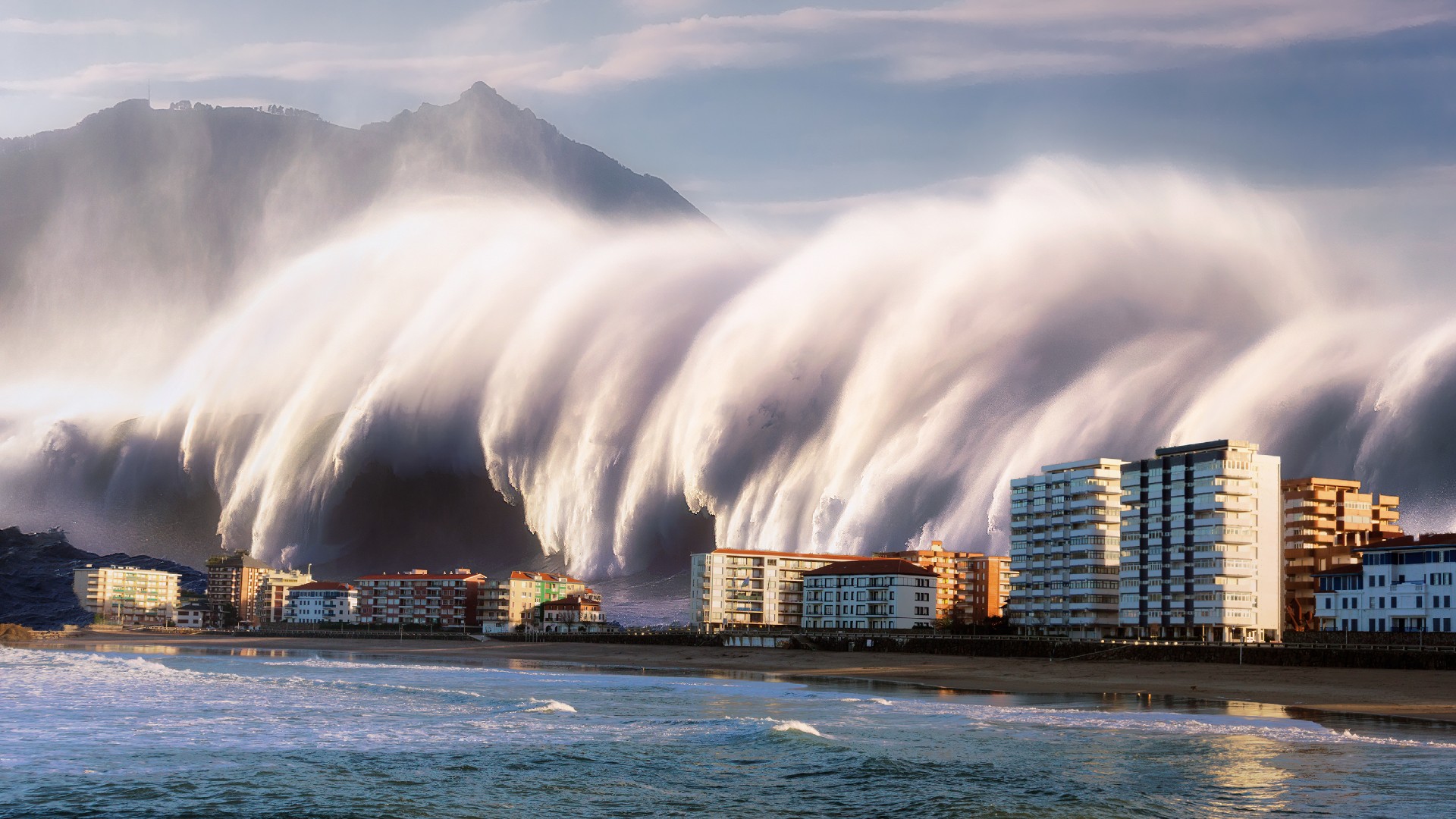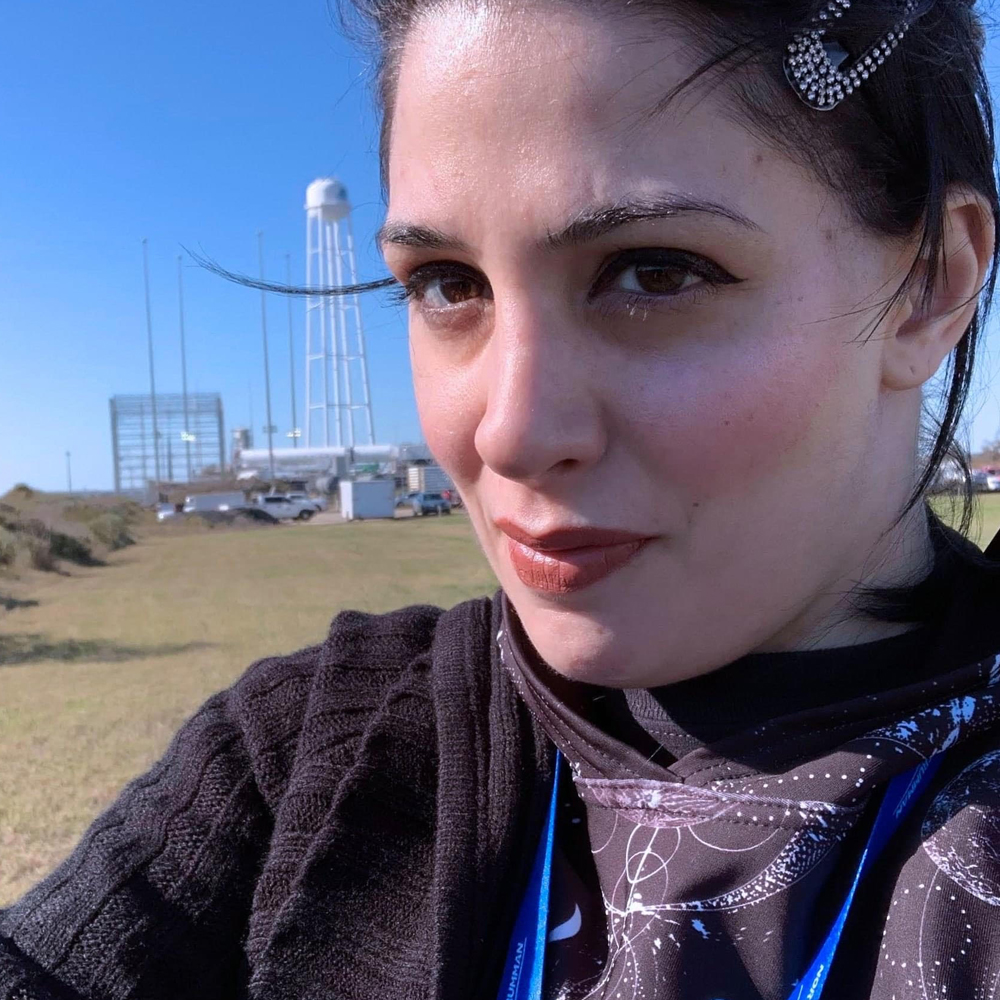
Elizabeth Rayne
Elizabeth Rayne is a contributing writer for Live Science. Her work has appeared in SYFY WIRE, Forbidden Futures, Grunge and Den of Geek. She holds a bachelor of arts in English literature from Fairfield University in Connecticut and a master's degree in English writing from Fordham University, and most enjoys writing about space, along with biology, chemistry, physics, archaeology and paleontology.
Latest articles by Elizabeth Rayne
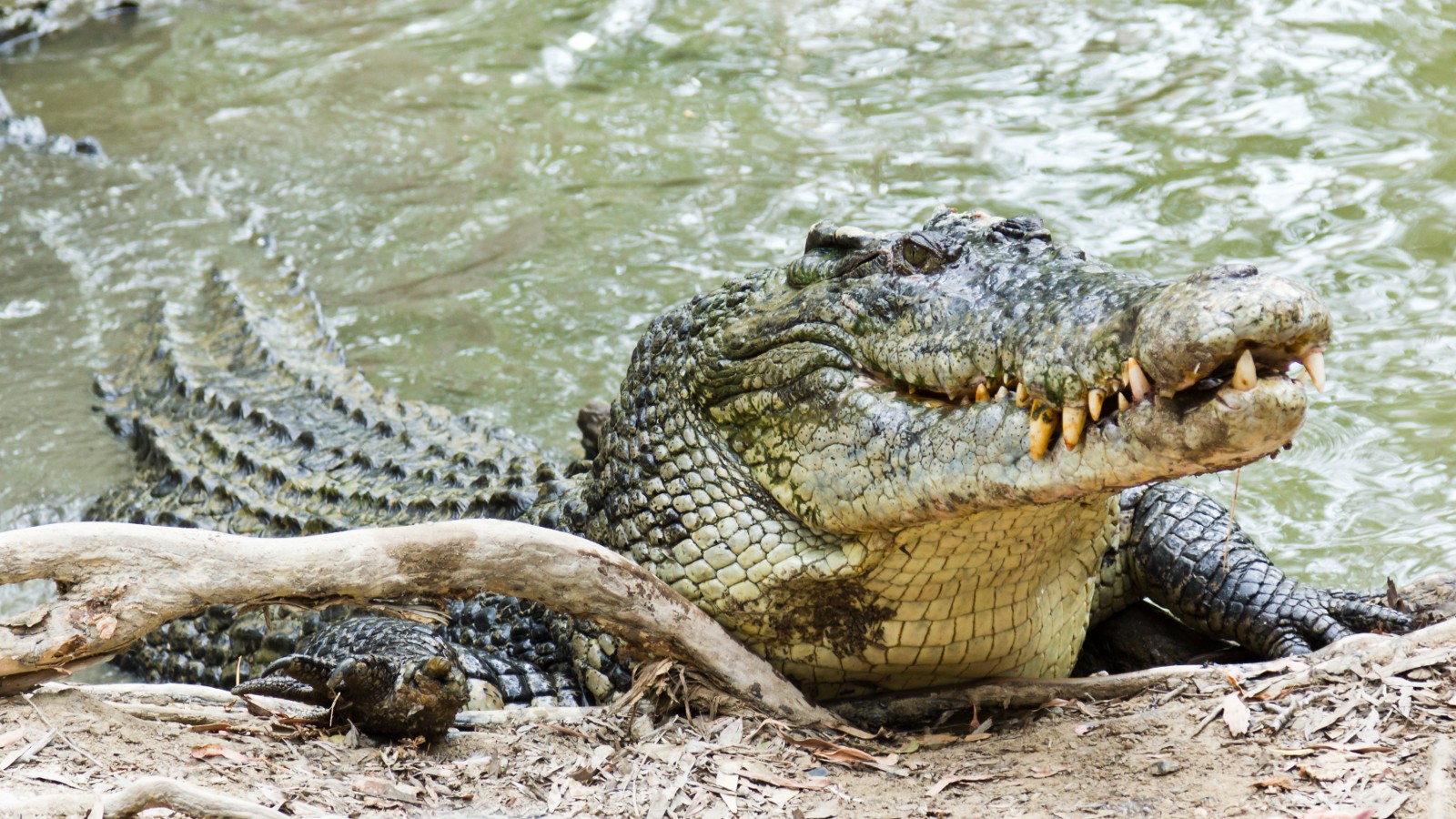
Which animals have the strongest bite?
By Elizabeth Rayne published
Which living and extinct animals have the strongest bite forces on record?
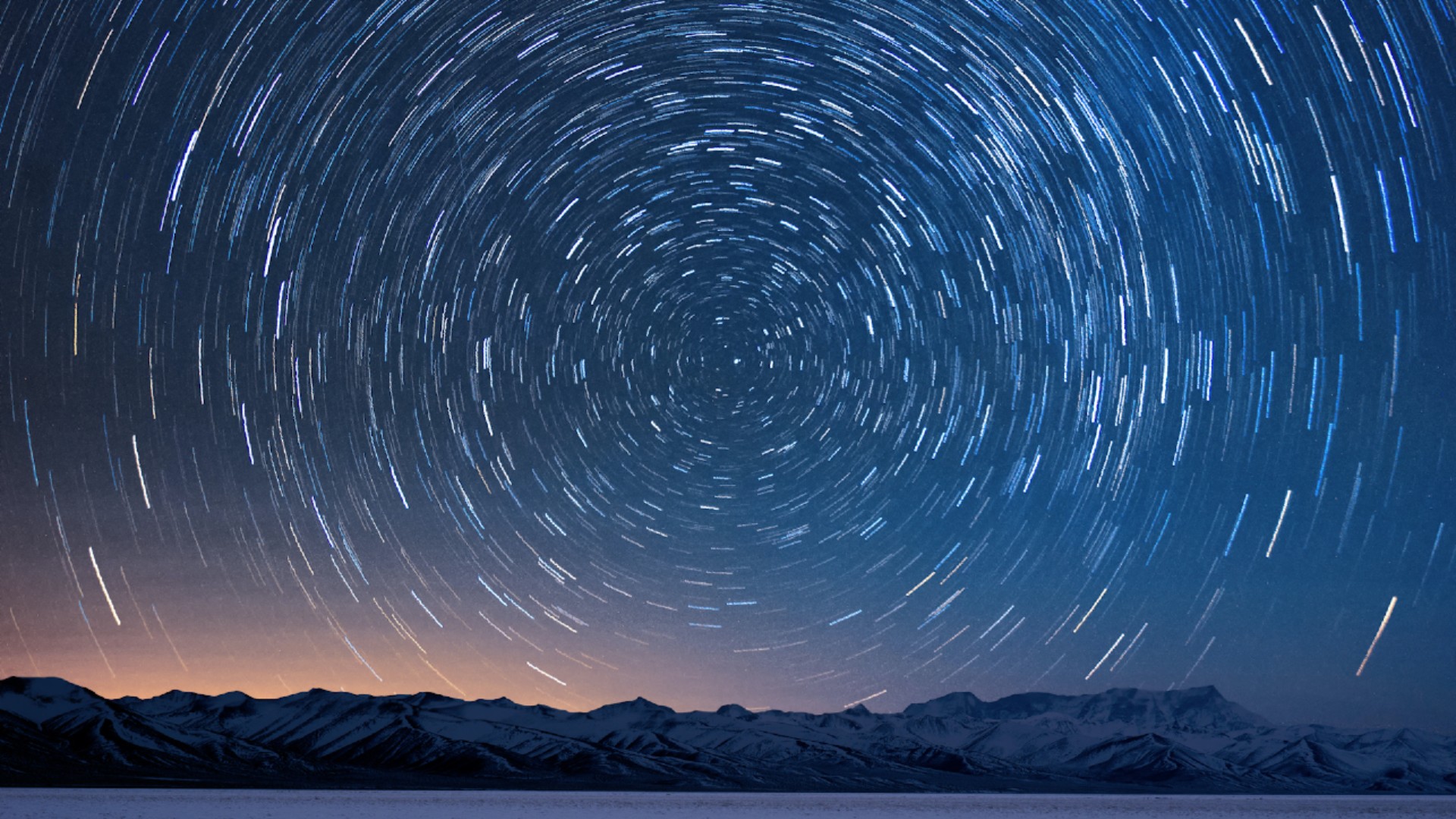
Can you see Earth spin?
By Elizabeth Rayne published
You can't watch Earth spin in real time because it rotates so slowly, but there are ways to see the effects of the planet's rotation.

Are rainbows really arches?
By Elizabeth Rayne published
If you have the right vantage point, a rainbow might look circular. Here's the science behind why some rainbows look like arches and others don't.
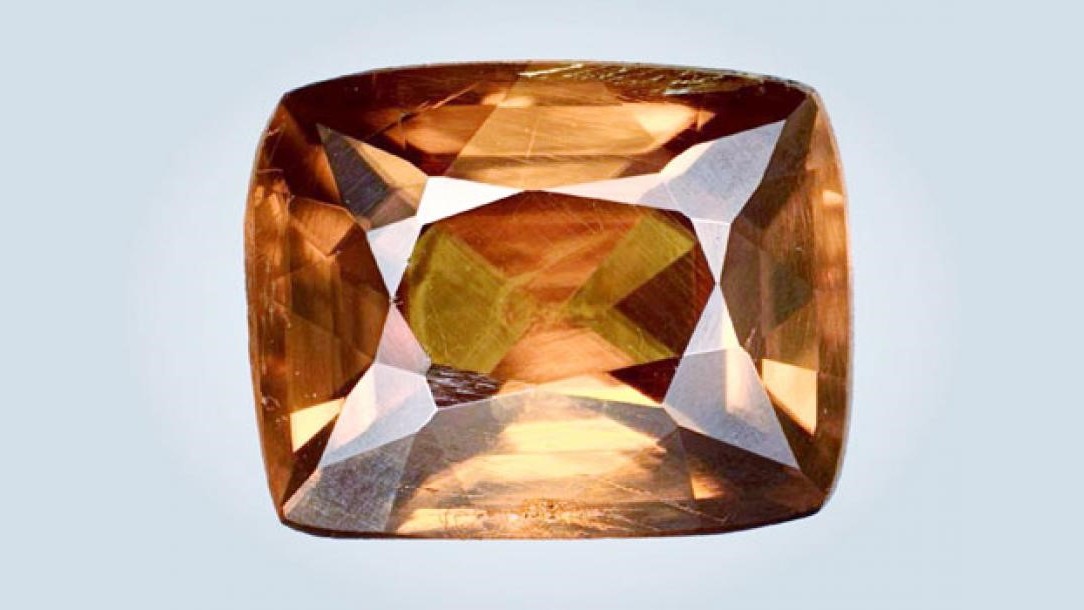
What is the rarest mineral on Earth?
By Elizabeth Rayne published
There is only one specimen of the rarest mineral on Earth, and it's from Myanmar.
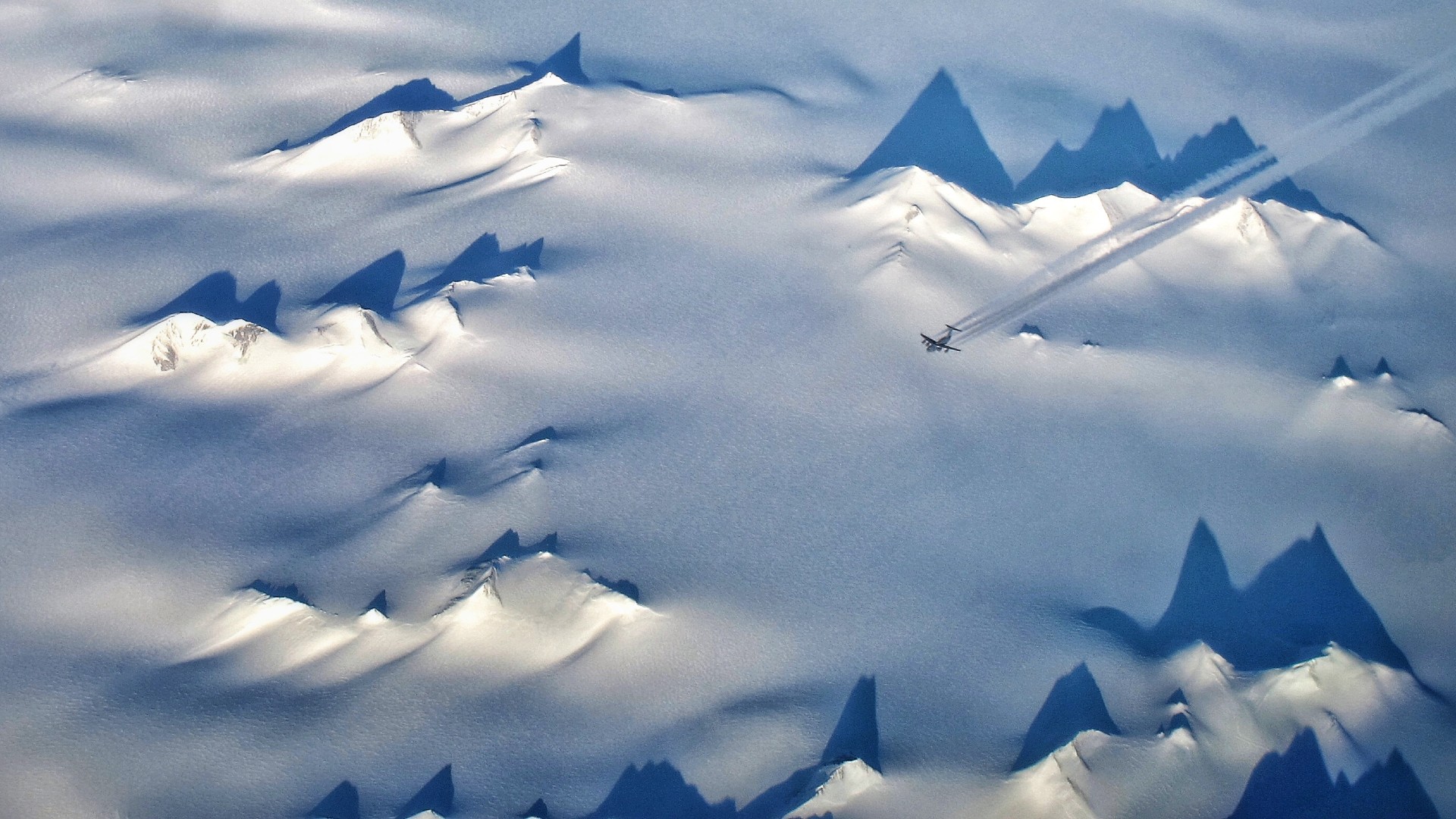
What's the largest desert in the world?
By Elizabeth Rayne published
The largest hot desert and cold desert in the world are anything but boring and barren.

Scientists unlocked the secrets to bats' heavy metal growls
By Elizabeth Rayne published
Bats vibrate special vocal folds to produce low-pitched growls like those of death metal singers.

What is the shape of the universe?
By Elizabeth Rayne published
The universe may be vast, but researchers have multiple points of evidence that reveal its shape.
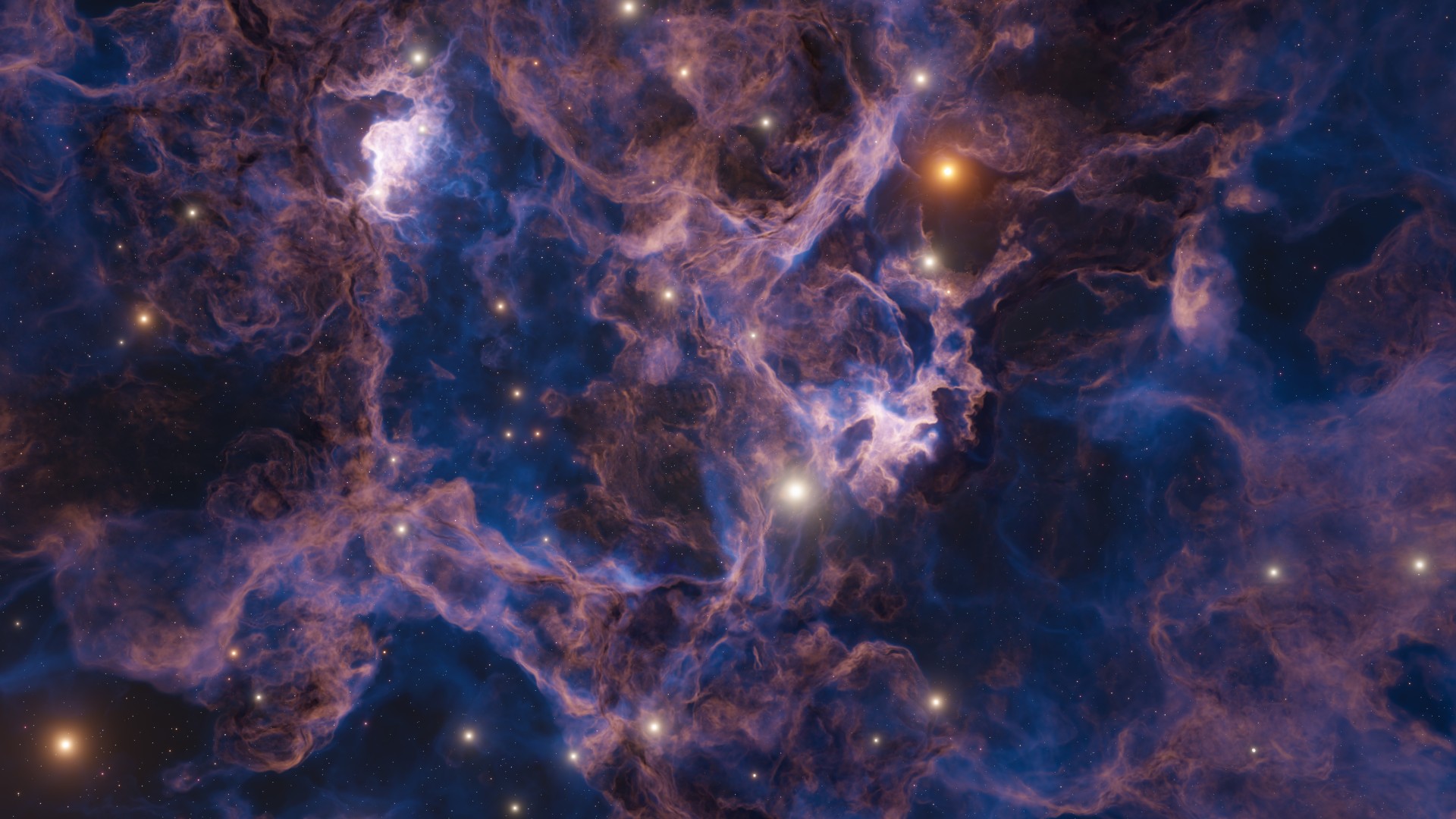
How do we know the age of the universe?
By Elizabeth Rayne published
The universe is about 13.8 billion years old, but how do we know that?

What's the deadliest month of the year?
By Elizabeth Rayne last updated
What is the deadliest month for people living in the United States?
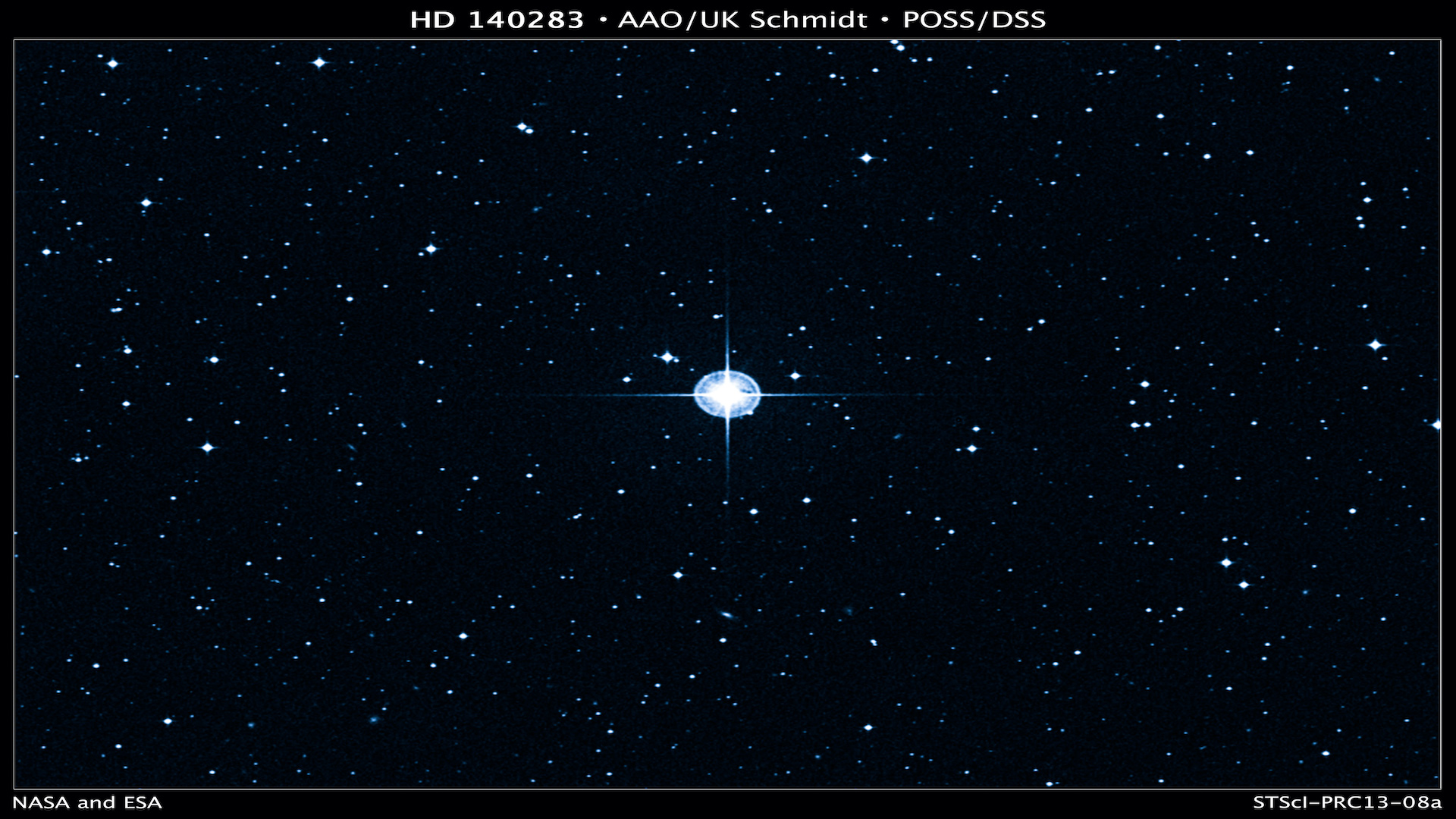
What's the oldest star in the universe? What about the youngest?
By Elizabeth Rayne published
Do astronomers know which star is the oldest and which is the youngest in the universe? How can they tell?
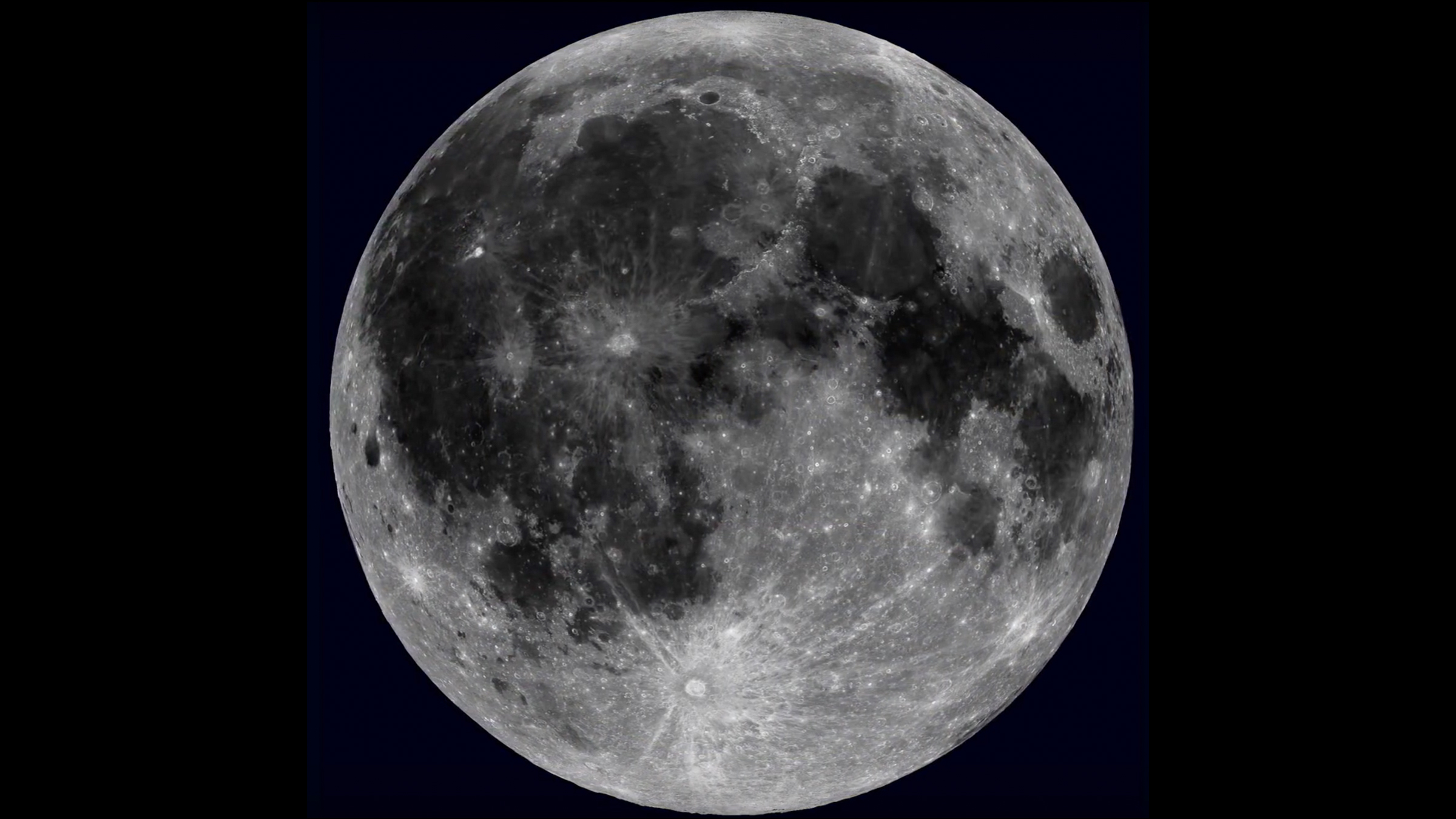
What is the 'man in the moon' and how did it form?
By Elizabeth Rayne published
Here's what made the "man in the moon" and why these "facial" geological features are here to stay.
Sign up for the Live Science daily newsletter now
Get the world’s most fascinating discoveries delivered straight to your inbox.

